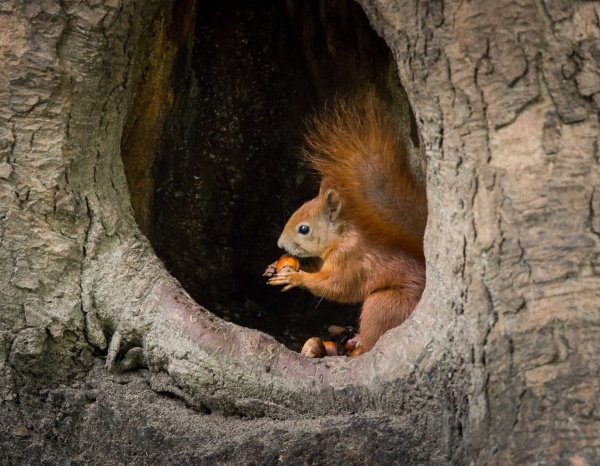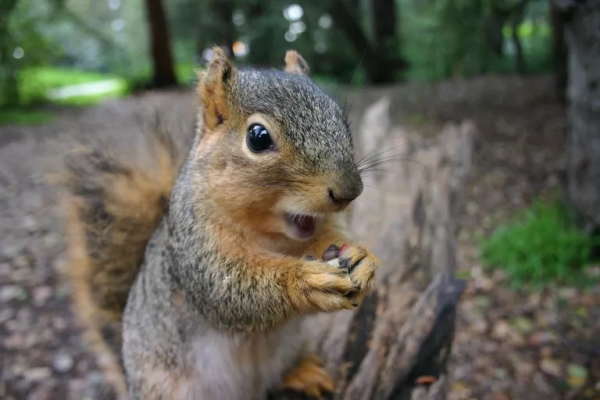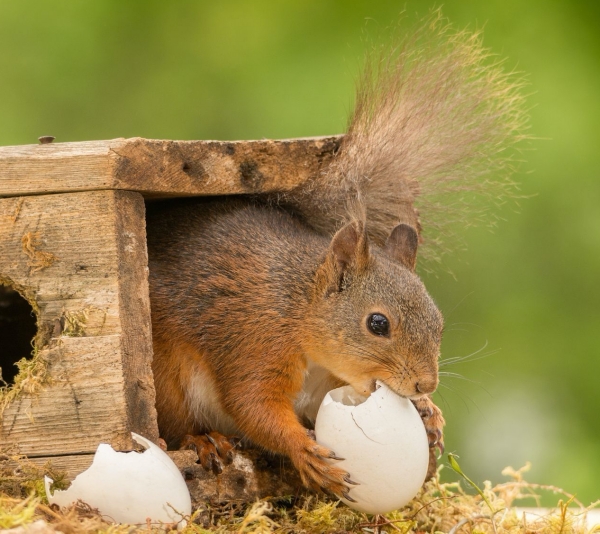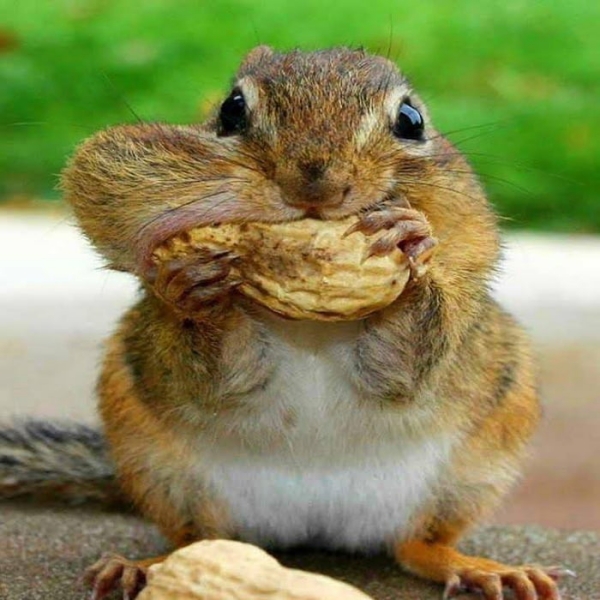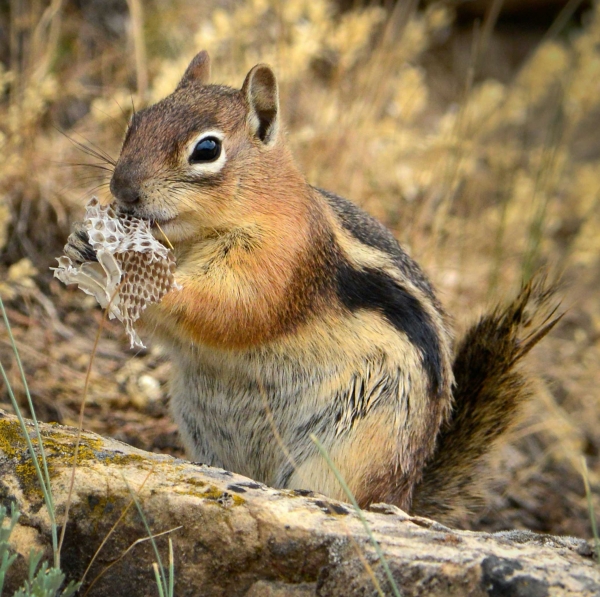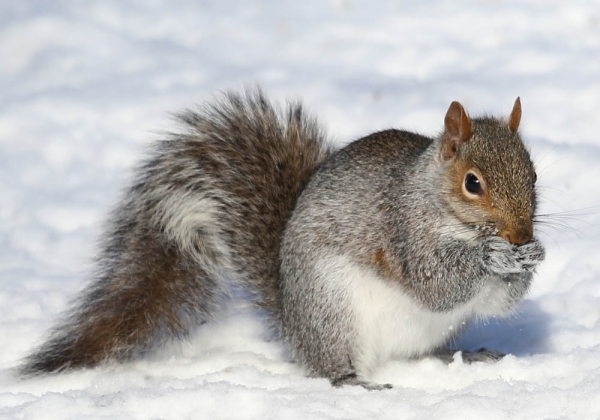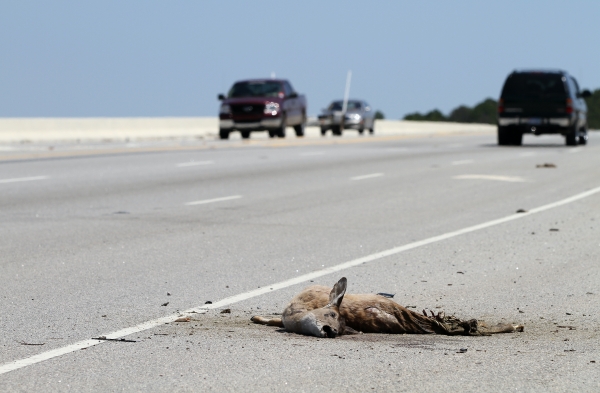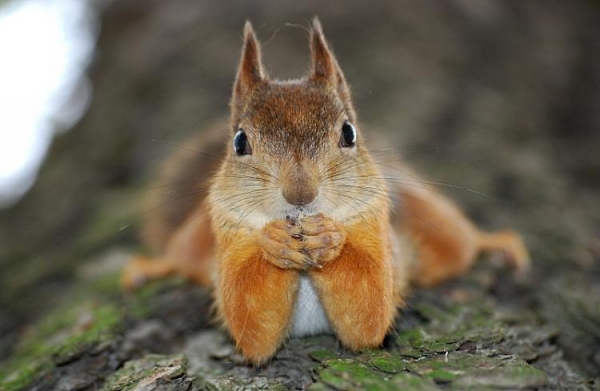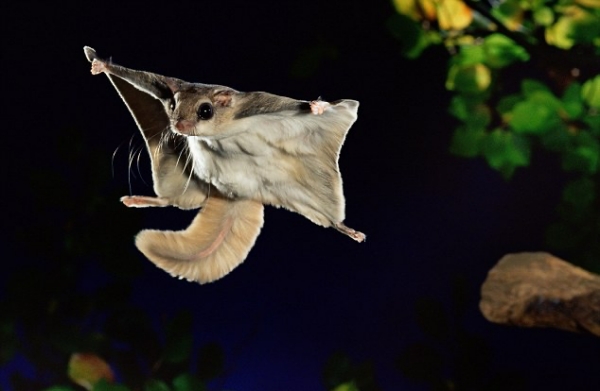Squirrels get a lot of attraction from humans, but not always for good reasons. We tend to exist on negatives like occupied attics or stolen tomatoes and fail to appreciate the harmless and often entertaining history of squirrels living among us.
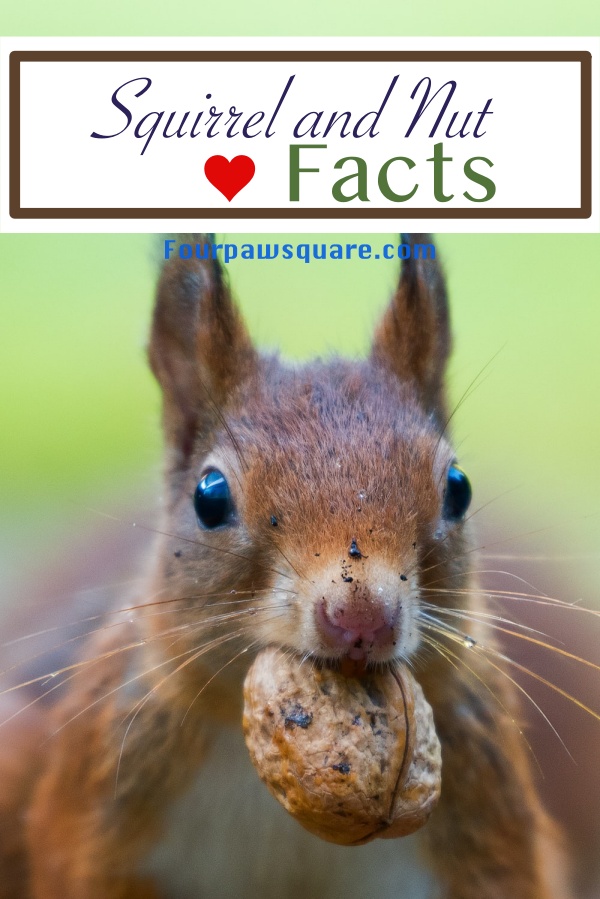
They also have a softer side, especially since squirrels are among the most visible wildlife in big cities and suburbs. They’re like furry little forest ambassadors, using backyards and parks as their urban embassies. Yet people who notice squirrels daily, this rodent family can be full of surprises. Here are the 15 amazing Squirrel and nut love facts you may not know who share our habitats.
They are Diverse
The squirrel family is among the most diverse of all modern mammals, with over 270 species and 50 genera spreading everywhere from Arctic tundra and tropical rainforest to farms, suburbs, and large cities. It includes different tree squirrels and flying squirrels. They’re all members of the taxonomic family Sciuridae native to every continent except Antarctica and Australia.
The Biggest Squirrels Are 7 Times Larger Than the Smallest
The size of squirrels ranges from the 5-inch (13 centimeters) African pygmy squirrel to Indian giant squirrel or China’s red-and-white giant flying squirrel, both of which can grow more than 3 feet (almost 1 meter) long.
Their Front Teeth Never Stop Growing
Another interesting Squirrel and nut love facts are a squirrel’s four front teeth growing throughout its life. Squirrels have four front teeth that grow continuously throughout their lives, at a rate of about 6 inches (15 cm) per year. This helps their incisors endure the constant gnawing.
They Have a Knack for Knocking Out Electricity
Electrical lines are no match for squirrel teeth that have been blamed for hundreds of power disruptions across the U.S. in the past 30 years — including outages that briefly shut down the NASDAQ stock market in 1987 and 1994.
Tree Squirrels warm Up to Each Other in winter
Adult tree squirrels usually live alone, but they sometimes nest in groups during severe cold spells. All tree squirrels belong to the genus Sciurus. The name reflects tree squirrels’ habit of hiding in the shadow of their long, bushy tails.
Squirrels Play a Significant Role in the Food Web
Squirrels are a crucial food source for several nonhuman predators, including snakes, coyotes, hawks, and owls, to name a few. They’ve long been hunted by people too, and once served as critical ingredients for American dishes like Brunswick stew and Kentucky burgoo, although today, other meats are commonly used instead.
Tree squirrels mostly eat nuts, seeds, and fruit, but they are omnivores. Gray squirrels eat insects, bird eggs, snails, and animal carcasses when other food is scarce. Like many rodents, squirrels can’t vomit. They also can’t burp or experience heartburn.
Only a Few Squirrels Hibernate
Some ground squirrels hibernate, but most squirrel species depend on food caches to get through the winter. Many squirrels use a method known as scatter-hoarding in which they spread their food across hundreds or thousands of hiding places, a labor-intensive process to protect against theft. That means storing all their food in a single larder, although that’s vulnerable to thieves, and some larder-hoarding ground squirrels lose up to half their cache this way.
Tree squirrels are even known to dig fake holes into fooling onlookers, yet for their spatial memory and a strong sense of smell, they still recover up to 80% of their cache. Some fox squirrels also use a mnemonic strategy for organizing nuts by species. And even the food these squirrels lose isn’t lost since unrecovered nuts turn into new trees.
Some Ground Squirrels Make Rattlesnake Perfume
A 2010 study found that some squirrels collect old rattlesnake skin, chew it up, and then lick their fur, creating a kind of rattlesnake perfume that helps them hide from the smell-dependent predators.
Squirrels can find food buried beneath a foot of snow
Food is vital during the cold winter months for squirrels. It makes sense that some species can smell food under a foot of snow. The squirrel will then dig a tunnel under the snow, following the scent to their buried treasure.
Squirrels are Talkative
Another amazing Squirrel and nut love facts are squirrels communicate using complex systems of high-frequency chirps and tail movements. Studies have found they’re capable of watching and learning from each other, especially when stealing food.
Squirrels lose 25 percent of their buried food to thieves
Squirrels with multiple food caches have difficulty keeping an eye on all of their hidden food. Fellow squirrels or birds often take advantage of this for a free meal.
They zigzag to escape predators
When squirrels feel threatened, they run away in a zigzag pattern. This is an incredibly useful technique to escape hawks and other predators. Unfortunately, it doesn’t work so well on cars. Consider slowing down and allow these tiny creatures to pass. Squirrels may also take cover when threatened.
Squirrels may pretend to bury a nut to throw off potential thieves
Squirrels are famous for deceptive caching. This is where a squirrel digs a hole and vigorously covers it up again, but without depositing the nut. It seems this is done to get rid of potential food thieves.
Squirrels don’t dig up all of their buried nuts that results in more trees
One of the significant Squirrel and nut love facts are they have accidentally contributed countless trees to our nation’s forests. And that’s a pretty good reason to appreciate squirrels.
Flying Squirrels Don’t Technically Fly, but Some Can Glide the Length of a Soccer Field
Flying squirrels can’t really fly — they just use flaps of skin between their limbs to glide from tree to tree — but it often seems like they can. Their acrobatic leaps often span 150 feet (45 meters), with some species covering nearly 300 feet (90 meters) in a single glide.
